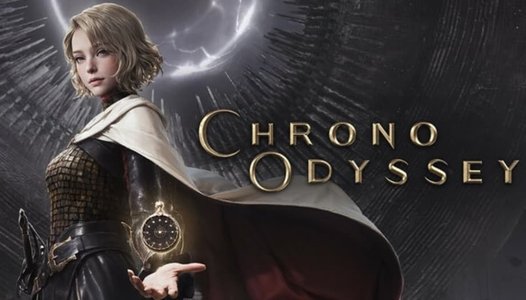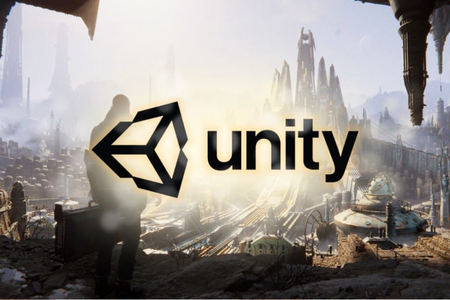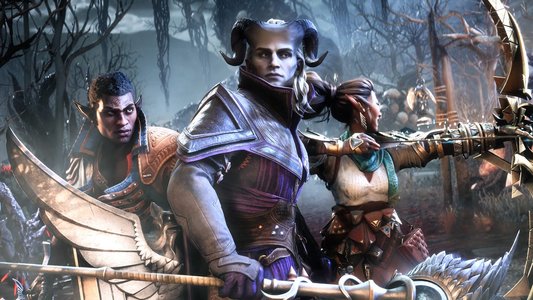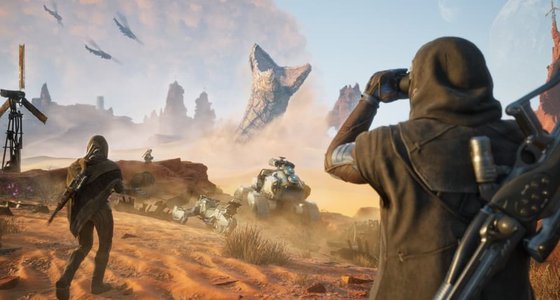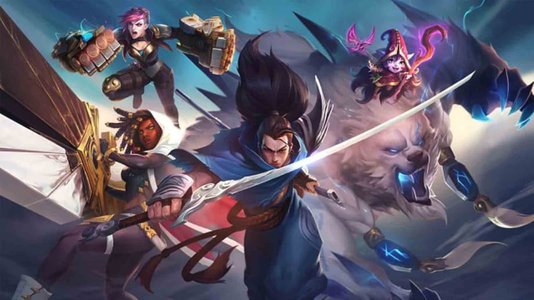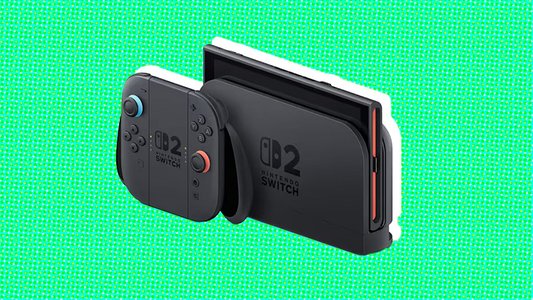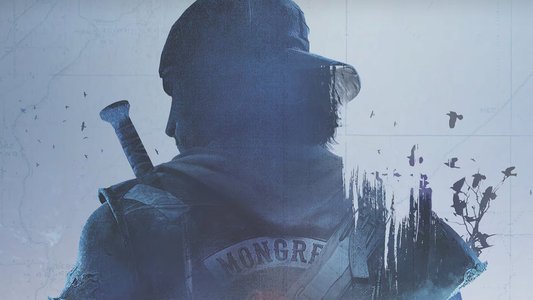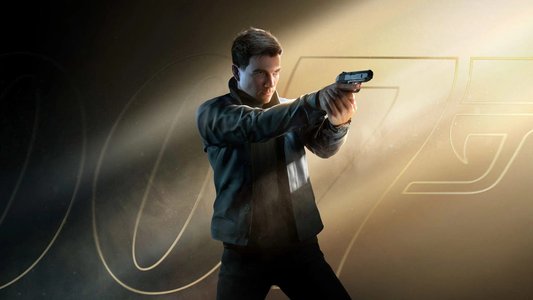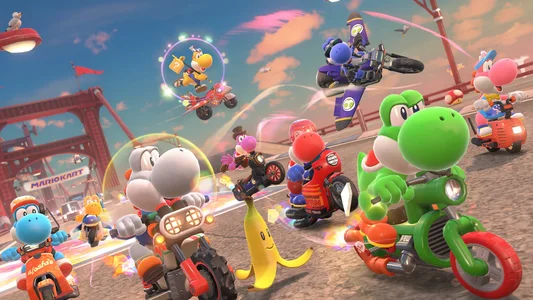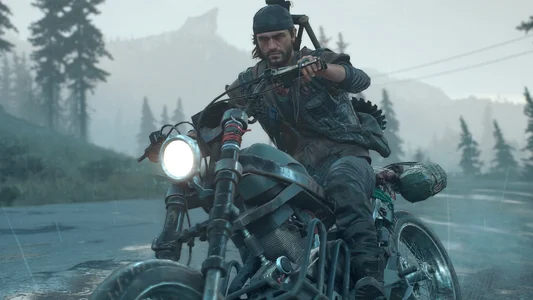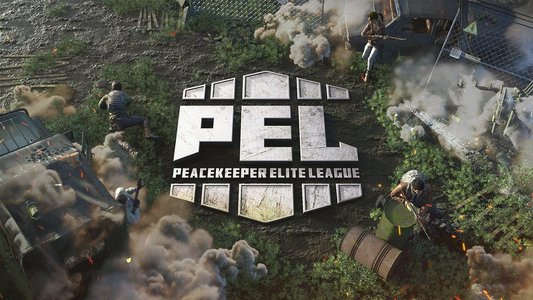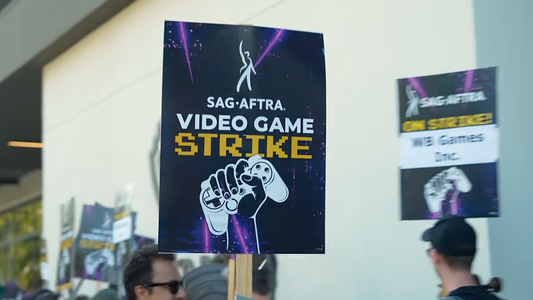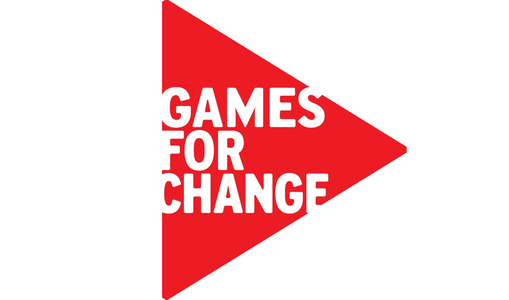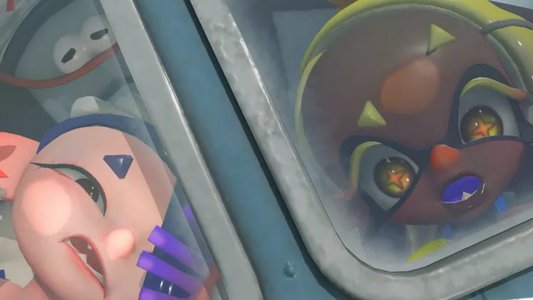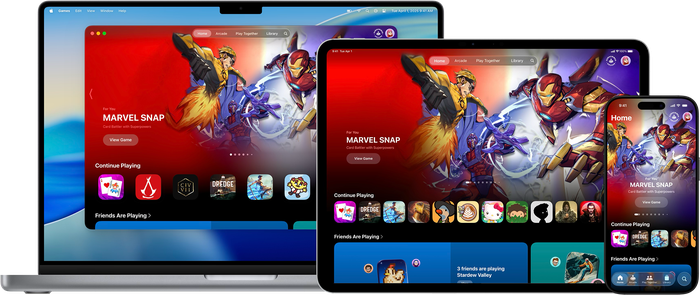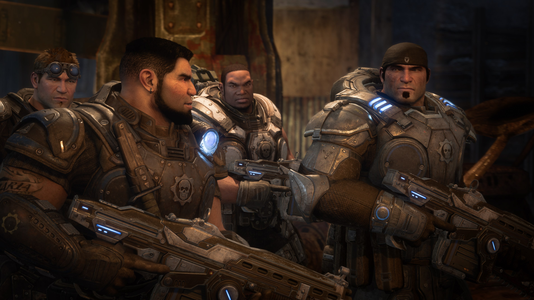The original StarCraft was a phenomenon, a game that changed the real-time strategy landscape in startling ways and whose influence would ripple out across a huge number of other genres and formats.
Released 20 years ago this month as the science fiction successor to Blizzard’s own breakout real-time strategy kingmaker, Warcraft, StarCraft did more than take a successful format to a different setting.
Instead, it was a generation-defining title, and the game responsible for much of what we consider modern esports. But during development, the game's fate was uncertain; development happened at a haphazard pace, and use of the Warcraft II engine early on earned the project a dubious nickname among some members of the press: "Orcs in Space."
Of course, the game went on to become much more than that. To mark the passing of StarCraft's 20th birthday, Gamasutra reached out to a number of the people who built this seminal work and those whose lives were affected by it to get a sense of the game's enduring legacy.
The dream of the '90s
“In late 1995, a small group of developers, led by Bob Fitch, were working on a new game to be called ‘Shattered Nations,’” StarCraft’s senior programmer, Collin Murray, told us. “We had been working on it for about 6 months, when Bob and I were approached by Allen Adham with the opportunity to work on a proposed sci-fi RTS game that sounded exciting. We decided to proceed, and work on StarCraft began in earnest.”
"The most notable change was from the Warcraft II style to a more 3D rendered sci-fi look...our original design mimicked the art style of Warcraft II, and was quickly tagged in the press with the nickname ‘Orcs in Space’, which was a less than flattering moniker."
Blizzard was understandably keen to follow up on Warcraft’s runaway success, but the team wanted a diversion from the sort of work they’d been doing for years.
“Work on StarCraft began off the heels of the success of Warcraft II: Tides of Darkness and its expansion pack, Through the Dark Portal,” says Chris Sigaty, an executive producer at Blizzard who was lead tester on StarCraft.
“Going back to the original Warcraft: Orcs & Humans, the dev team had already spent a number of years working on strategy games in a high fantasy setting. I was very excited for StarCraft because I was such a huge Star Wars fan growing up and the StarCraft characters and setting represented our own science fiction playground. While we all love the Warcraft setting, moving from fantasy to sci-fi was an exciting change for many of us in the company at that time.”
While the original design hewed quite closely to the template established by the Warcraft franchise, a public showing demonstrated to the team that a new direction was called for if Blizzard wanted StarCraft to truly shine.

An early look at the game that became StarCraft, circa E3 '96, where it earned the nickname 'Orcs in Space'
“The most notable change was from the Warcraft II style to a more 3D rendered sci-fi look that took place after E3 in 1996,” Murray says.
“Our original design mimicked the art style of Warcraft II, and was quickly tagged in the press with the nickname ‘Orcs in Space’, which was a less than flattering moniker. Seeing all the other new games being demoed at E3 that year made us realize that our sci-fi game needed a 3D rendered look to feel right. After the show, we refocused and completely redid all the art in 3D, which our artists would render into sprites and touch up by hand.”
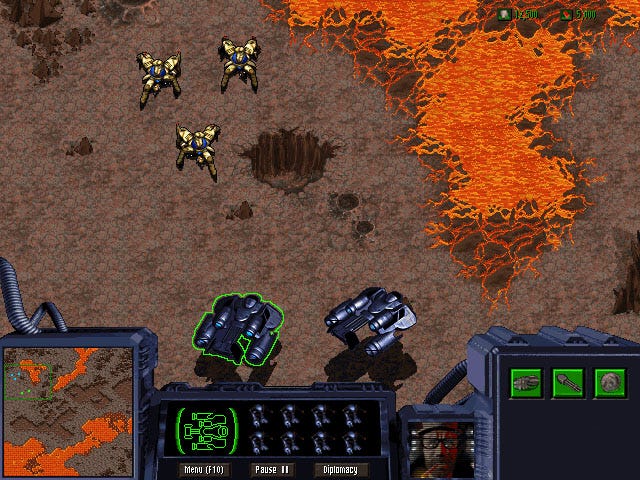
A prototype of what became StarCraft, after the engine was rewritten and the art was redone
For Sigaty, it was a turning point in StarCraft’s development. “Rather than being offended or distraught, the team took the feedback in stride and effectively gained strength from it. I was so impressed with the developers’ grit and determination. The engine was completely rewritten and the ambitions for the project were reset to something much grander. From my perspective a big portion of the ‘commit to quality’ core value we have today as a company was forged through this experience.”
Finding success
After years of hard work and a major redesign, StarCraft launched to an eager public. The pivot in development seemed to pay off in spades, as the game found tremendous critical and popular success, becoming the best selling PC game of 1998 and going on to move over 9.5 million copies across its lifetime.
Notably, StarCraft was also instrumental in growing Blizzard’s Battle.net multiplayer service, which expanded more than 800 percent following the game’s release. It was a significant achievement, and inspired more than one young developer, including Uber Entertainment’s Jeremy Ables, an associate producer on Supreme Commander and producer on Forged Alliance at Gas Powered Games.
"Without the precedent of StarCraft, no current esport would have been nearly as ambitious as they have been; it's only by standing on the shoulders of both Jim Raynor and bonjwa like Flash and BoxeR that we could think to build out our own studios."
“My group of friends were big fans of Warcraft 2 and I ended up playing StarCraft the first time at a friend's LAN party,” Ables says. “Bought it after that and played through the campaign, which blew me away with the 3 factions and how differently they played. We were playing a lot of
No tags.







